This Dry Brine Turkey recipe is my go to for Thanksgiving! Thanks to the dry brine, the turkey is so juicy. The herb butter makes it extra delicious and flavorful.

Make-ahead
Beginner-friendly
You’ll Learn: How to achieve a crispier turkey skin
Worth It: It’s packed with flavor
Bonus: An addition to soak up all the juicy goodness

Why You’ll Love This Recipe
- Foolproof dry brine – Dry brines give a ton of flavor to your turkey and makes the skin so crispy. This recipe is great even if you’ve never made a turkey before
- Less mess, less stress – wet brines are great, but they require pouring a bunch of liquid in a huge pot or bucket. I love that the dry brine makes it easy and less messy, especially on a day as chaotic as Thanksgiving!
- Herb butter heaven – The herb butter goes under the skin of the turkey to make the tastiest, juiciest turkey ever.

Serving suggestions
This Thanksgiving turkey is made better with sides! Make some creamy mashed potatoes and sausage stuffing. For vegetables, I love making these crispy maple bacon brussels sprouts and a salad with apple cider vinaigrette. This apple cranberry sauce is also a great side to include.
I love making a batch drink for the day, like this apple cider sangria. For dessert, this sweet potato cheesecake is a great option!
Dry Brine vs Wet brine
A dry brine is a salt mixture with spices that you rub directly onto the turkey. The salt pulls the water out of the meat to get that crispy, golden brown skin on your roast turkey.
A wet brine is a solution of water and salt and other flavors in a large pot or bucket. You put the whole turkey into the salt solution and allow to sit for anywhere from a few hours to a couple of days. This method keeps the turkey very moist.
FAQs
What does “brine” mean?
Brining is simply the process of salting meat. You can add other herbs and spices to your brine, but the salt is what makes it a brine.
Why do I need to brine?
The brine makes sure every part of the bird is moist and flavorful, rather than just having flavor on the skin. By brining, the salt draws out moisture to help break down the turkey muscles, which ensures that your meat is juicy, flavorful and tender.
Which brine is best?
Everyone has their own preferences, but I recommend dry brine! Dry brining requires less equipment, is easier to execute, and results in a crispier skin while retaining moisture.
How long do you dry brine a turkey?
Dry brines can take a little longer than a wet brine, and the longer you allow the turkey to sit, the better your results will be. The minimum amount of time you want for a dry brine is 12 hours, but you can go up to 72 hours. I like to dry brine for about 24 hours.

Ingredients
- Turkey – fresh or frozen works, but just be sure to start your defrosting process ahead of time if it is frozen. You do not want kosher turkeys or self-basting turkeys for this recipe because they already have added salt.
- Kosher salt – you will use one tablespoon for every two pounds of turkey. Make sure to use kosher salt for this brine
- Zest from 2 oranges – the orange zest is perfect for this recipe. It adds so much great flavor.
- Yellow onion – the onion goes into the cavity for the duration of roasting your turkey
- Fresh herbs – these herbs goes into the cavity to add a depth of flavor to the turkey while cooking
- Unsalted butter – the base of your herb butter. Unsalted is best so you can control the amount of salt going into the butter
- Chopped fresh herbs – these herbs go into the herb butter, so I like to chop them as finely as possible
- Garlic cloves – I find grating the garlic is the best result for adding it into the butter
- Kosher salt and black pepper – the salt and pepper add flavor to both the butter and the turkey. You can add more to taste if needed
Ingredient Substitutions
I really love the orange zest for this dry brine turkey, but you could use lemon if you would like.
For the fresh herbs, feel free to use any combination you would like. I like to use a poultry blend, but you can customize it to your taste. I like to use fresh herbs, but you could also add some dried herbs like dried sage.
If you use diamond crystal salt, you might need to add a bit more salt per pound because it is not as concentrated as Morton kosher salt.
You can also add vegetables to the bottom of your pan like carrots and celery. They will roast with your turkey and soak up some of the delicious juices.

How to make
Step 1: Defrost Turkey and dry Brine
If turkey is frozen, defrost completely before starting dry brine. It will take 1 day for each 4-5lbs of turkey to defrost in the refrigerator. Prep turkey for dry brine 24 hours prior to cooking the turkey.
Remove any organs or giblets from the cavity of the turkey and pat the turkey dry with paper towels. Calculate the amount of kosher salt needed for the weight of the turkey. Zest both oranges and mix the salt with the orange zest in a small bowl (Image 1).
Sprinkle the salt and orange zest mixture over the entire turkey and spread some inside of the cavity (Image 2). Place the turkey on a rimmed baking sheet in the refrigerator for 24 hours – leaving the turkey completely uncovered results in crispier skin, but you can cover it if you’re more comfortable with that.

Step 2: Make Herb Butter
Remove the brined turkey from the fridge (Image 3) and wipe off excess salt with damp paper towels. Preheat the oven to 400F and place the turkey breast-side up in a rack in a roasting pan.
Make the compound butter (Image 4) by mixing the softened butter with the finely chopped fresh herbs, minced garlic, salt and pepper. Spread the compound butter under the skin of all areas of the turkey (Image 5).

Step 3: Fill Cavity
Cut the yellow onion and zested oranges into quarters. Place them into the cavity of the turkey along with the bundle of fresh herbs (Image 6).

Step 3: Roast
Tie the legs of the turkey together with butchers twine (Image 7).
Place the turkey in the oven at 400F for just 30 minutes. Then, reduce the heat to 325F and let the turkey continue to cook. Every 30 minutes, take the drippings from the bottom of the pan and baste the skin of the turkey with a cooking brush.
Cook the turkey for about 13 minutes per pound at 325F checking the temperature each time you baste. Total time usually between 2.5 hours for a 10lb turkey and 3.5 hours for a 15lb turkey. Use an instant-read thermometer to check both the breast and thigh (without touching the bone) for an internal temperature of 165F to ensure the turkey is fully cooked (Image 8).
If the turkey is browning but not yet reached temperature, you can cover any dark spots with foil to avoid burning.
Allow the turkey to rest for at least 20 minutes before carving. I like to cut the breast and thigh off the turkey with the skin on it before cutting into slices.
Reserve the drippings at the bottom of the pan for gravy.

Storage, reheating, and Freezing
Allow the turkey to cool completely and store leftovers in an airtight container for up to 4 days in the refrigerator.
To reheat, gently warm in the microwave or oven.
Check out these other Thanksgiving Dishes
You can find the full recipe below. If you make this recipe, please rate and review it in the comments, or share it with me on Instagram!
You can find the full recipe below. If you make this recipe, please rate and review it in the comments, or share it with me on Instagram!
Email Recipe for Later

Recipe
Dry Brine Turkey with Herb Butter
Ingredients
Dry Brine Turkey
- 10-15 lb fresh or frozen** turkey
- 1 tbsp kosher salt for every 2 lb of turkey
- Zest from 2 oranges – save the oranges after zesting
- 1 yellow onion
- Fresh herbs tied together with a piece of butchers twine
Compound Herb Butter
- 1 cup unsalted butter – 2 sticks at room temperature
- ½ cup fresh herbs – finely chopped – I use a mix of fresh parsley sage, rosemary and thyme
- 2 cloves garlic – finely grated
- 1 tsp kosher salt
- ¼ tsp black pepper
Instructions
- ** If turkey is frozen, defrost completely before starting dry brine. It will take 1 day for each 4-5lbs of turkey to defrost in the refrigerator. Prep turkey for dry brine 24 hours prior to cooking the turkey.
- Remove any organs from the cavity of the turkey and pat the turkey dry with paper towels. Calculate the amount of kosher salt needed for the weight of the turkey. Zest both oranges and mix the salt with the orange zest.
- Sprinkle the salt and orange zest mixture over the entire turkey and spread some inside of the cavity. Place the turkey on a tray in the refrigerator for 24 hours – leaving the turkey completely uncovered results in crispier skin, but you can cover it if you’re more comfortable with that.
- Remove the brined turkey from the refrigerator and wipe off excess salt with damp paper towels. Preheat the oven to 400F and place the turkey in a rack in a roasting pan.
- Make the compound butter by mixing the softened butter with the finely chopped fresh herbs, minced garlic, salt and pepper. Spread the compound butter under the skin of all areas of the turkey.
- Cut the yellow onion and zested oranges into quarters. Place them into the cavity of the turkey along with the bundle of fresh herbs. Tie the legs of the turkey together with butchers twine.
- Place the turkey in the oven at 400F for just 30 minutes. Then, reduce the heat to 325F and let the turkey continue to cook. Every 30 minutes, take the drippings from the bottom of the pan and baste the skin of the turkey with a cooking brush.
- Cook the turkey for about 13 minutes per pound at 325F checking the temperature each time you baste. Total time usually between 2.5 hours for a 10lb turkey and 3.5 hours for a 15lb turkey. Check both the breast and thigh for an internal temperature of 165F to ensure the turkey is fully cooked.
- Allow the turkey to rest for at least 20 minutes before carving. I like to cut the breast and thigh off the turkey with the skin on it before cutting into slices.
- Reserve the drippings at the bottom of the pan for gravy.
This website provides approximate nutrition information for convenience and as a courtesy only. Nutrition data is gathered primarily from the USDA Food Composition Database, whenever available, or otherwise other online calculators.
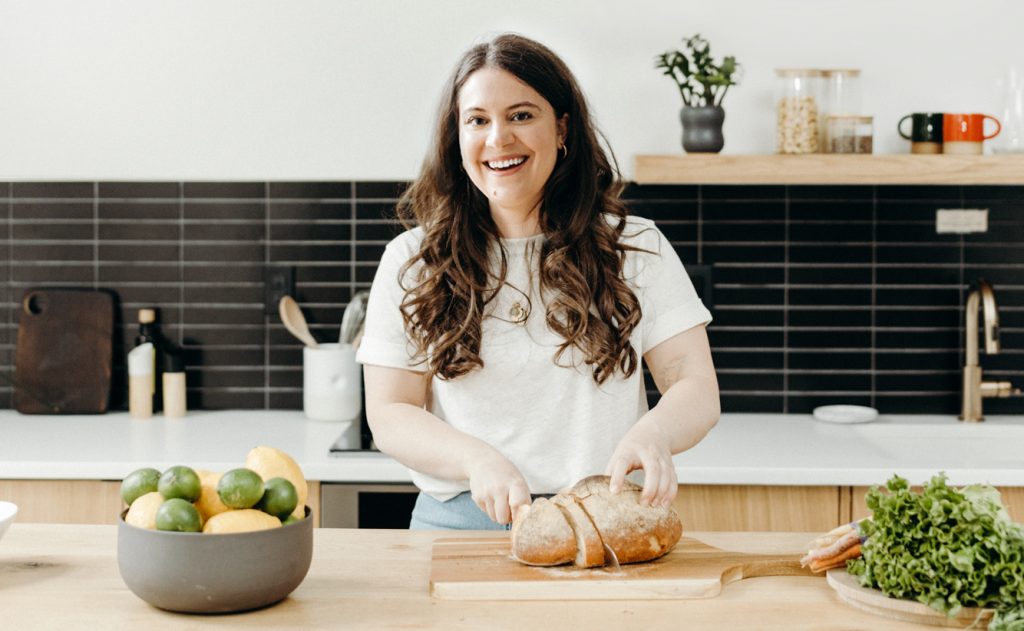
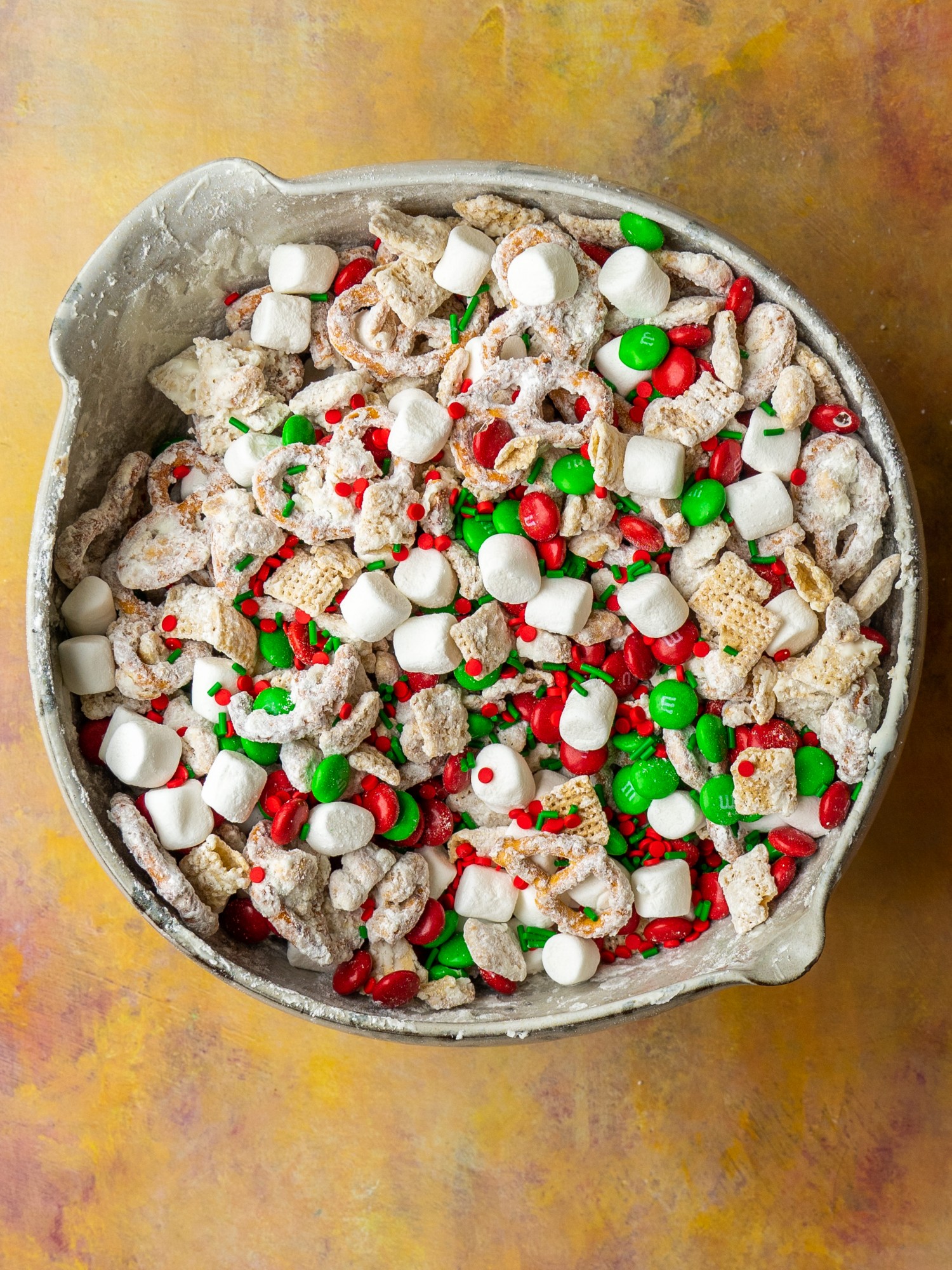
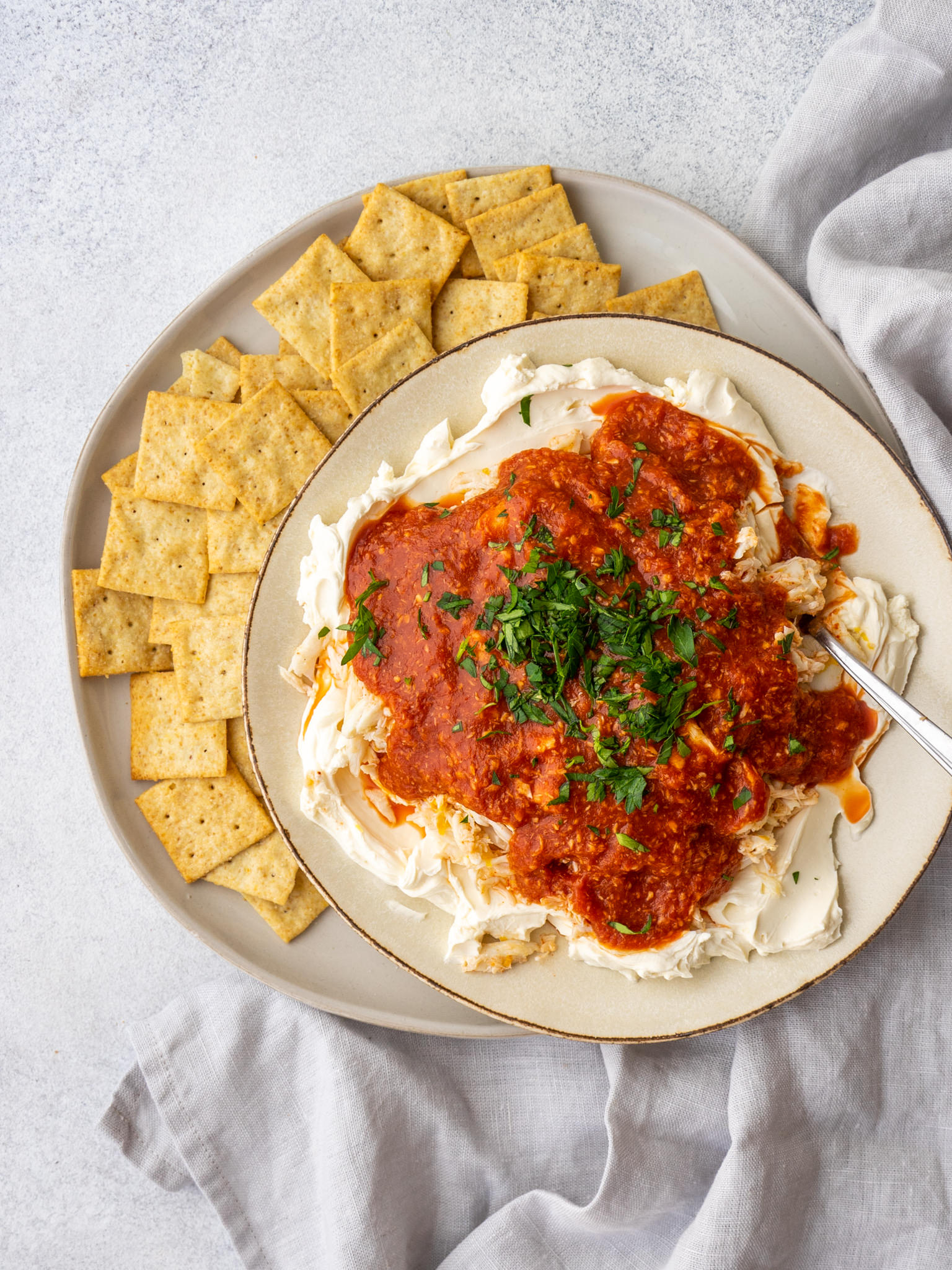
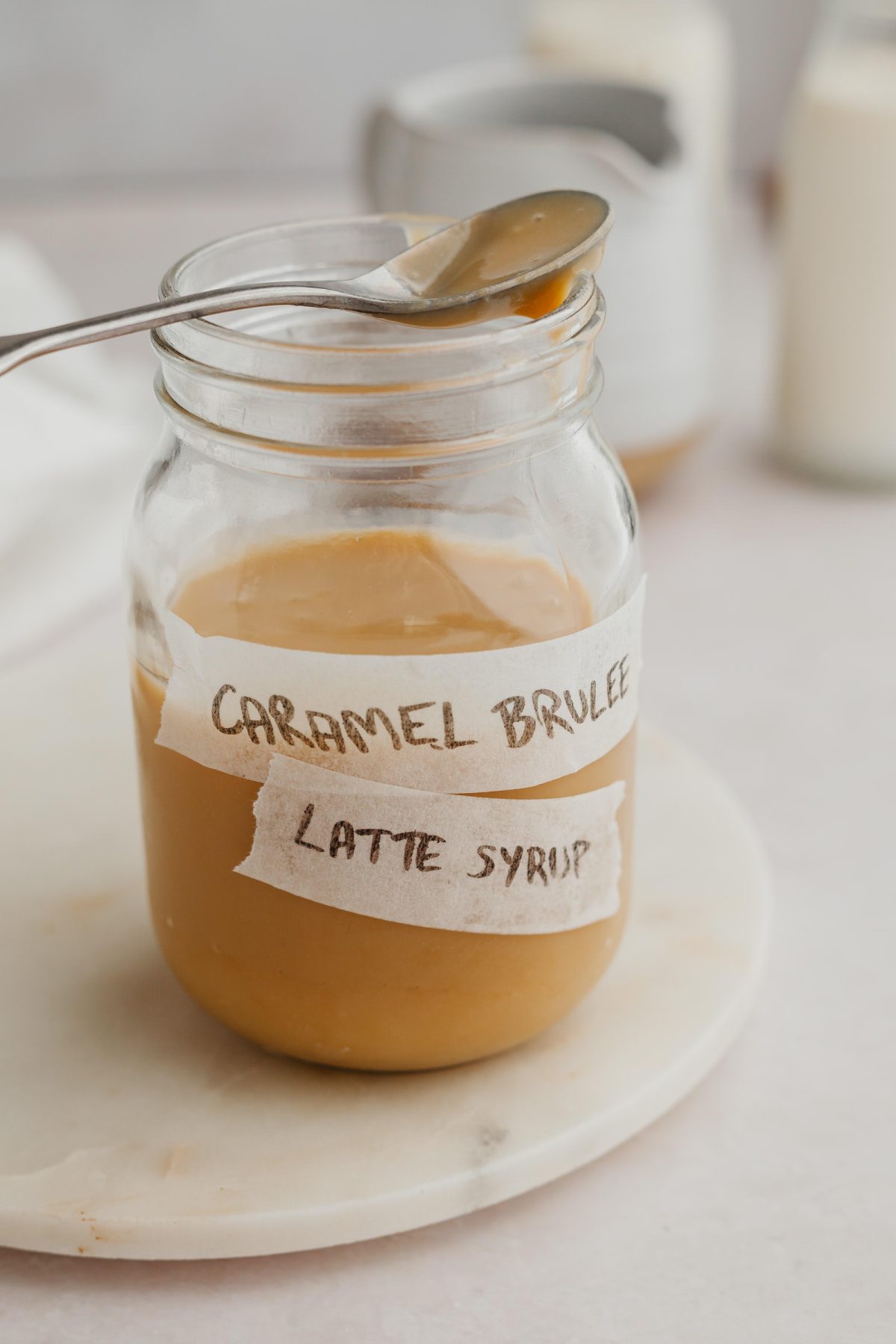
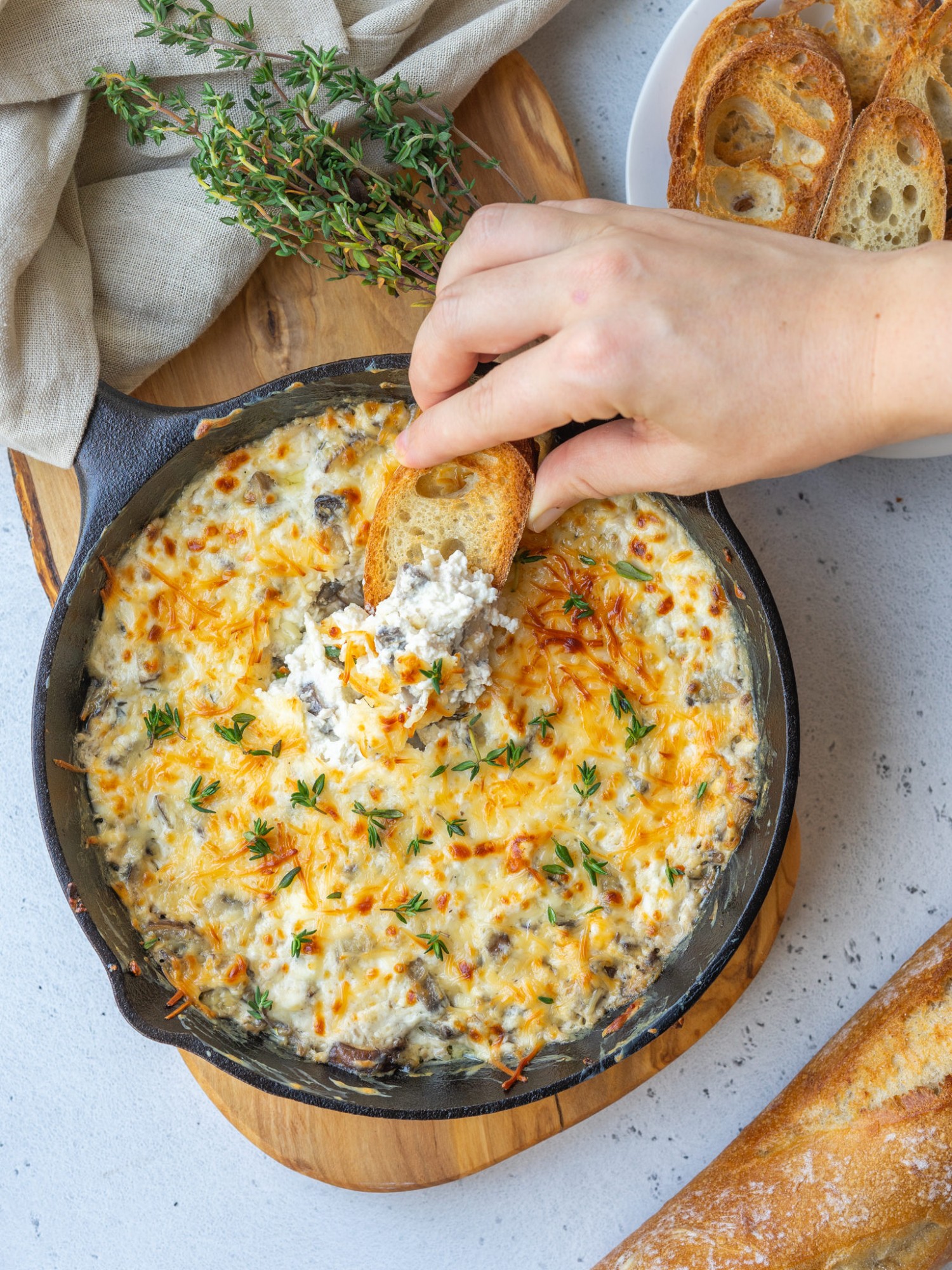

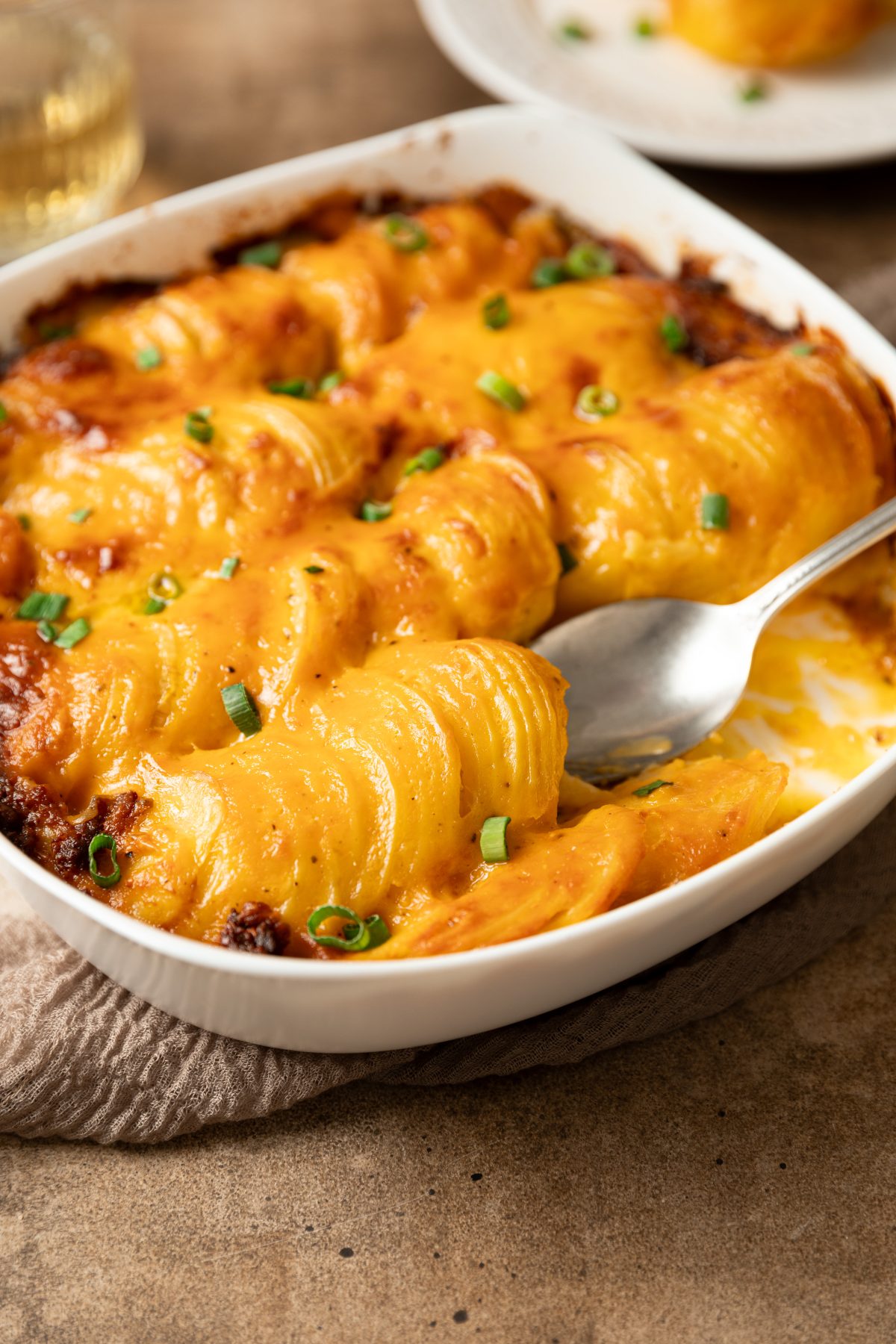
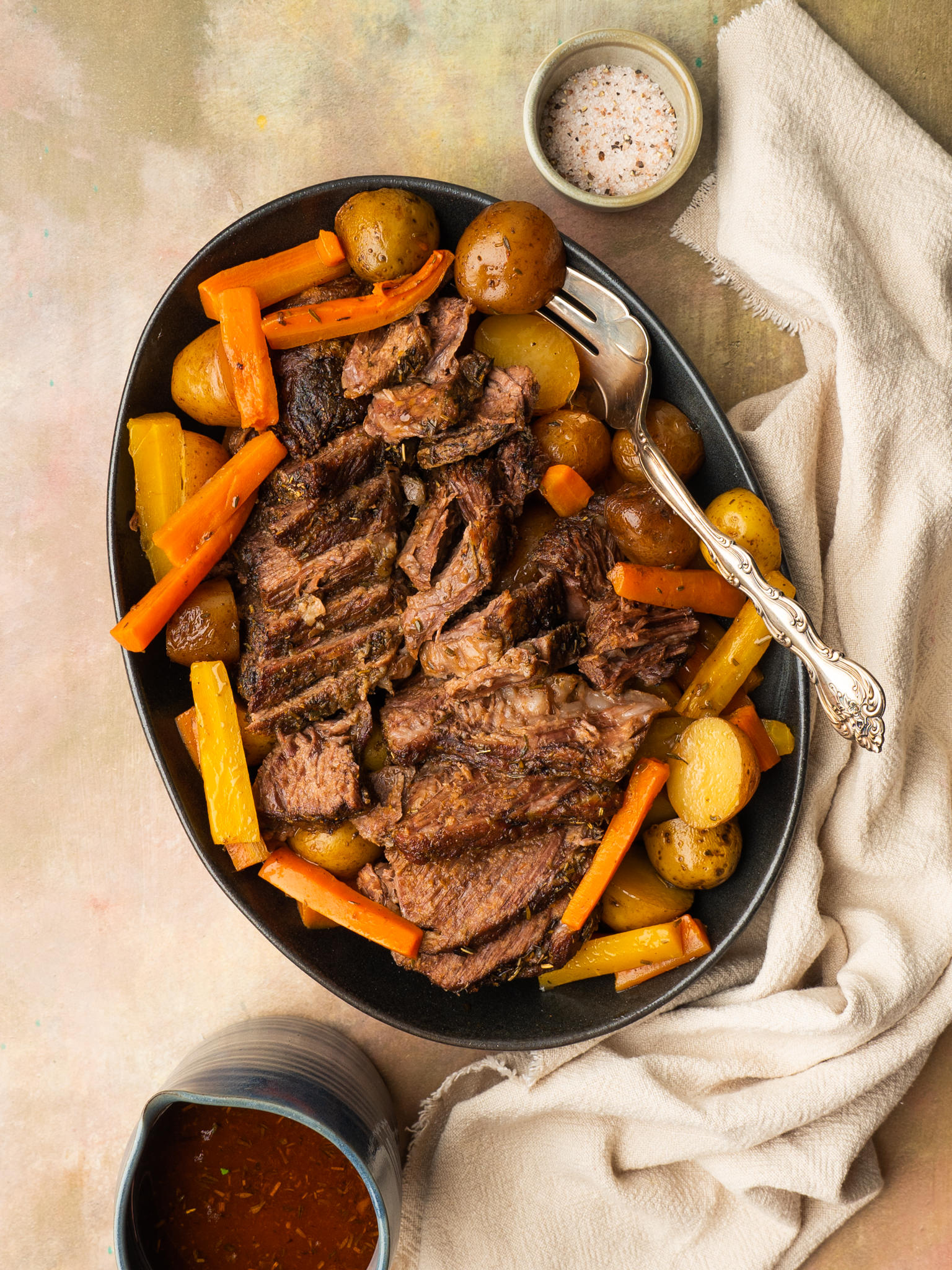
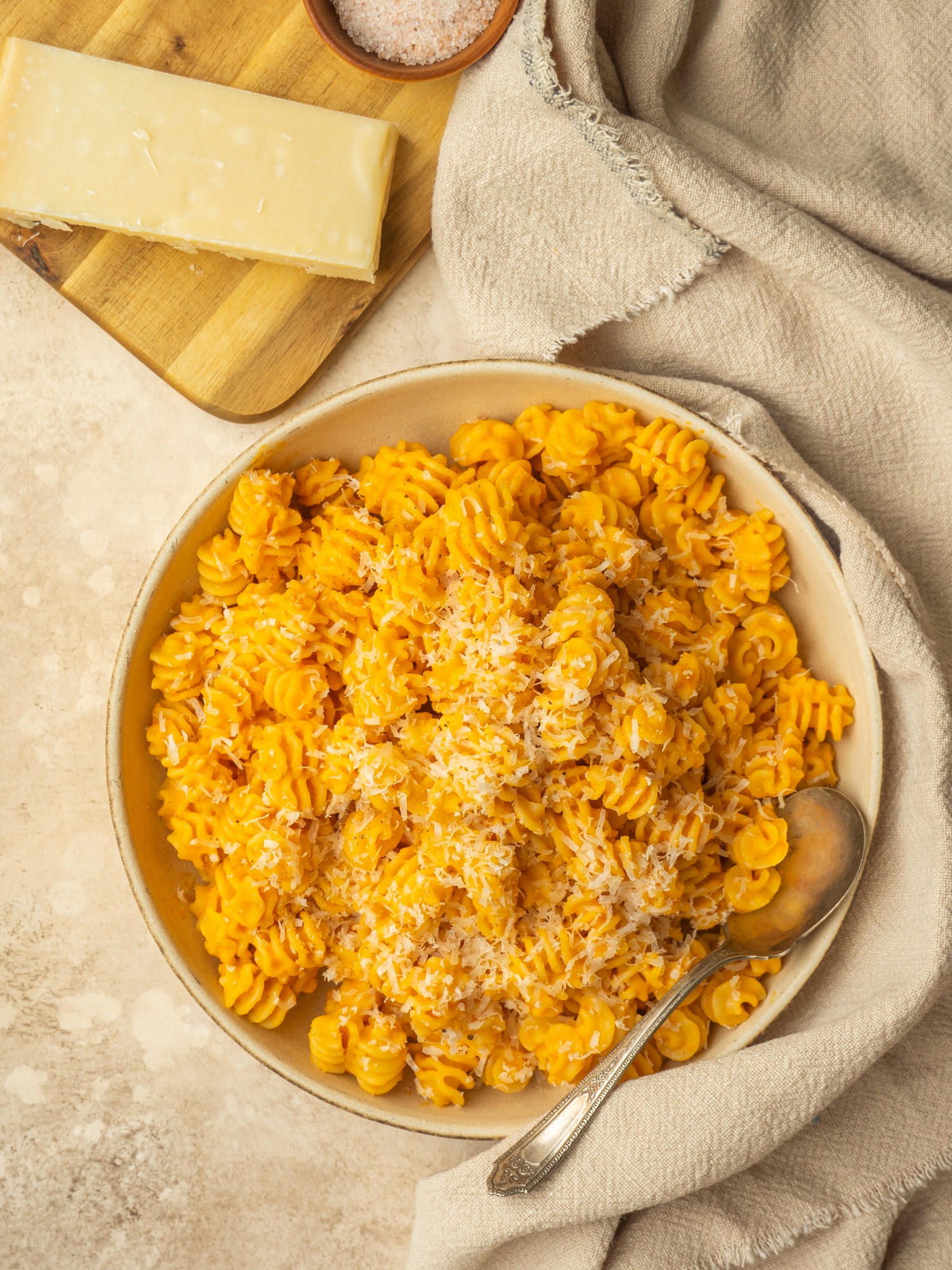
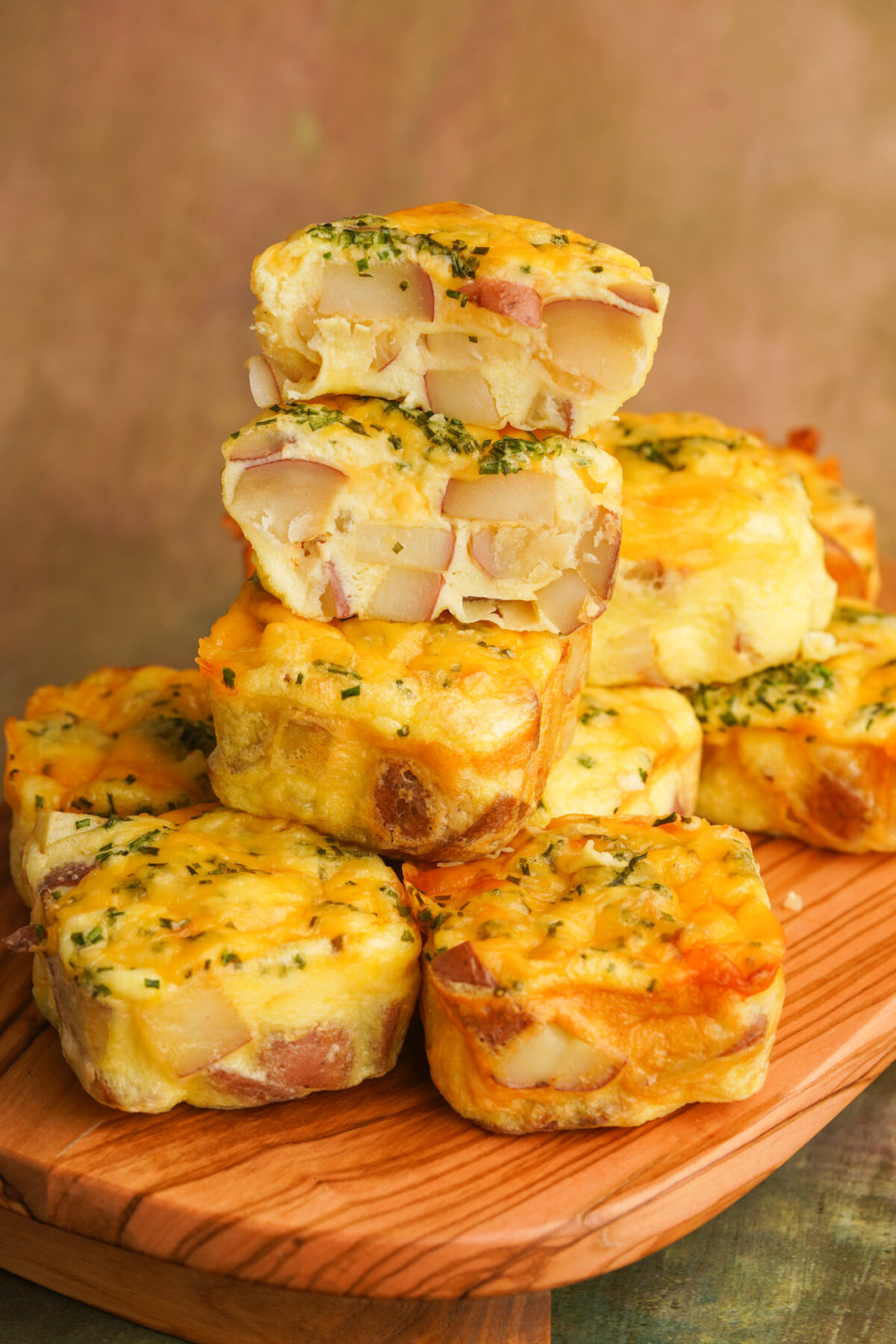
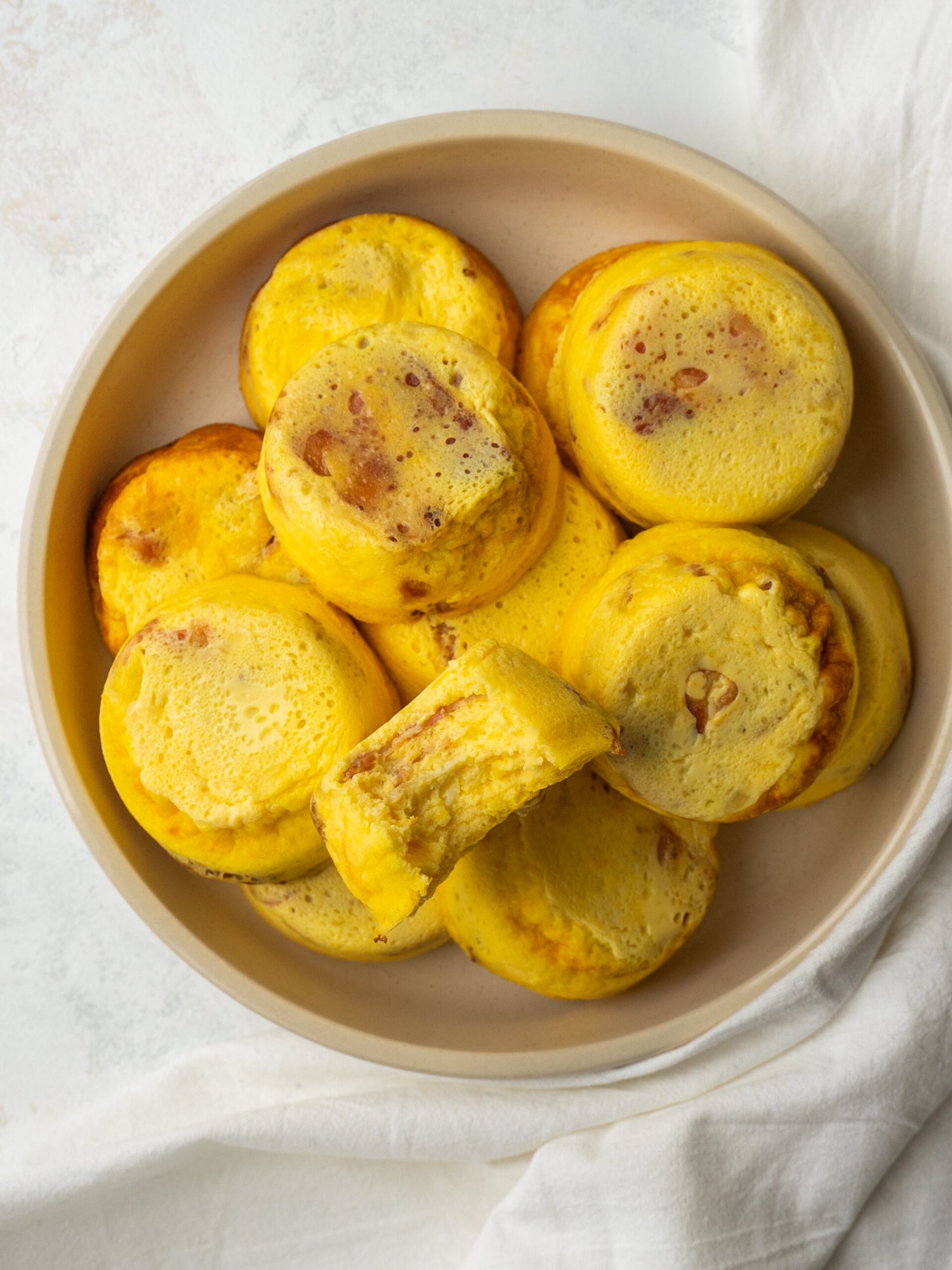


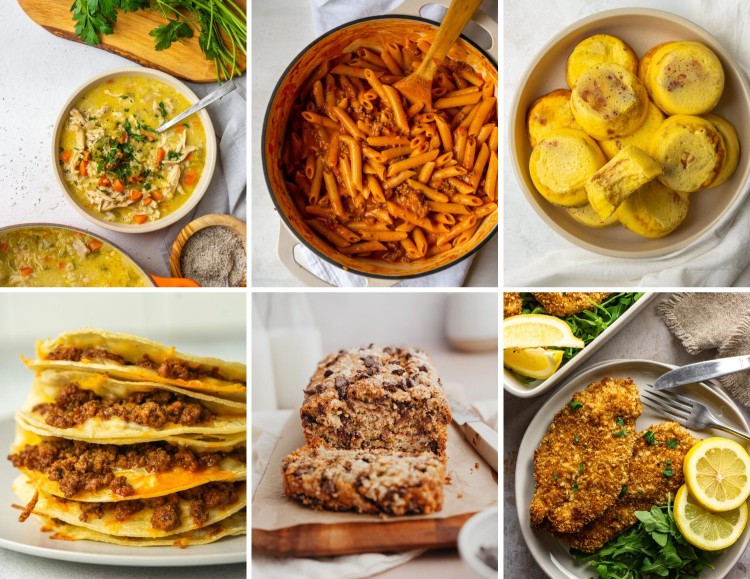

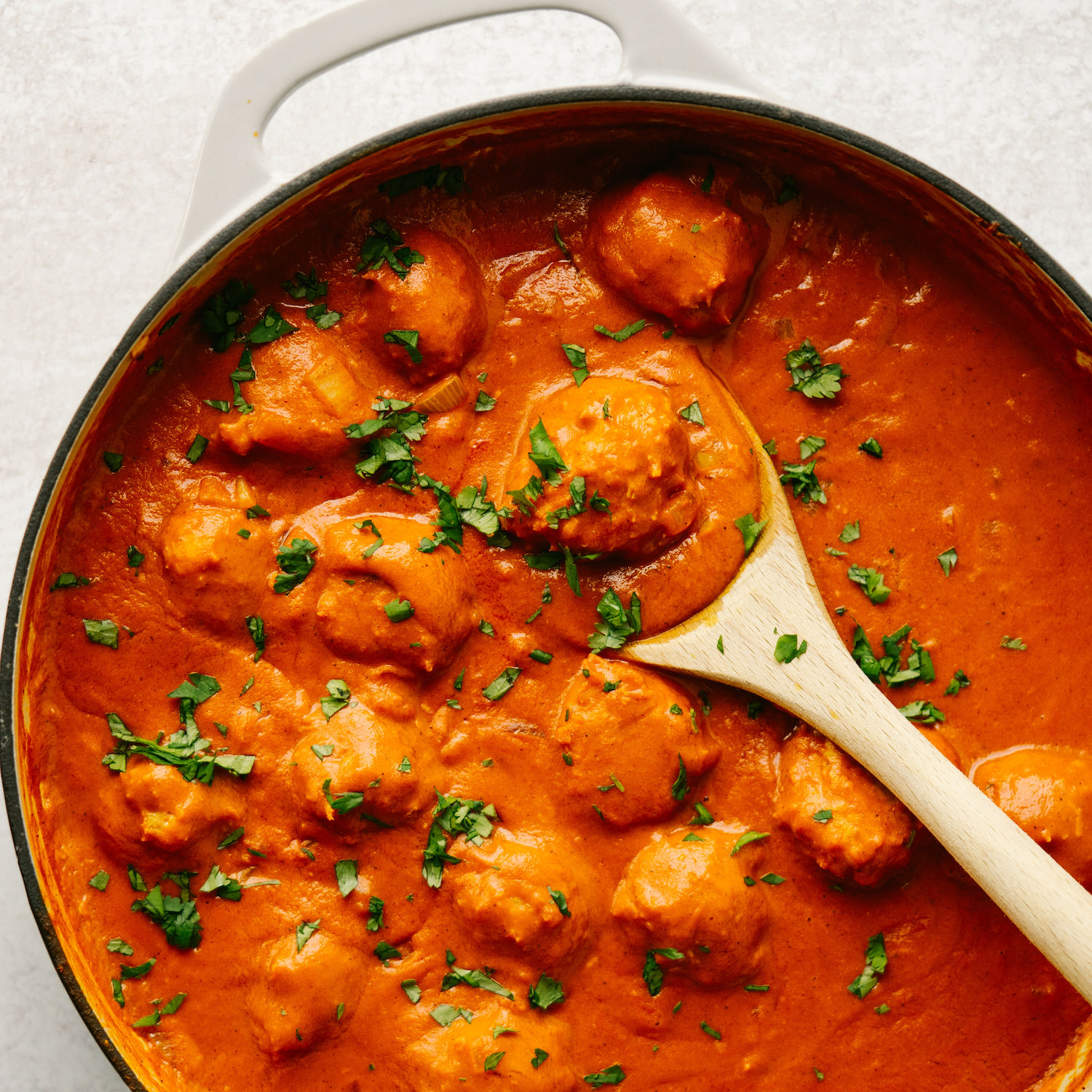
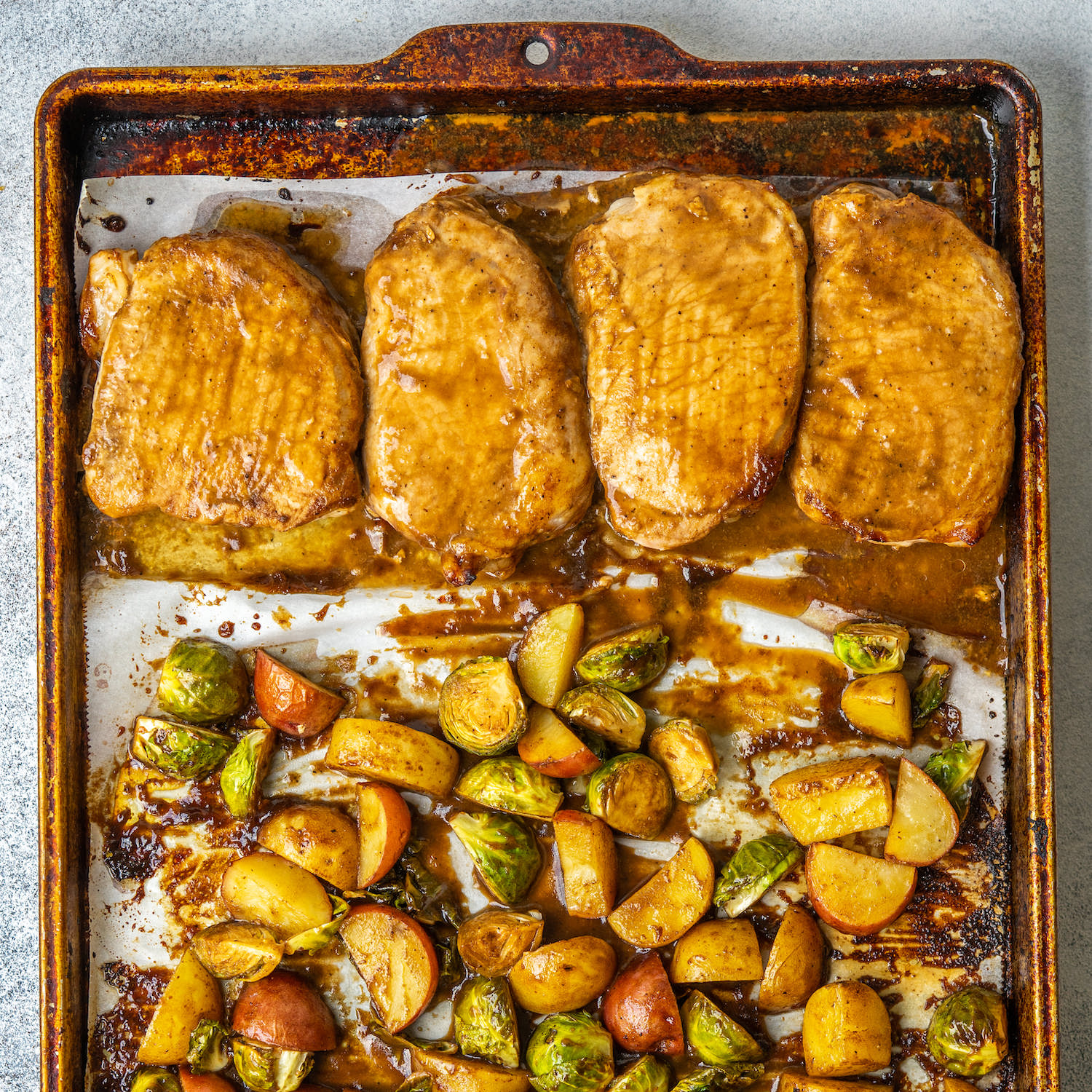
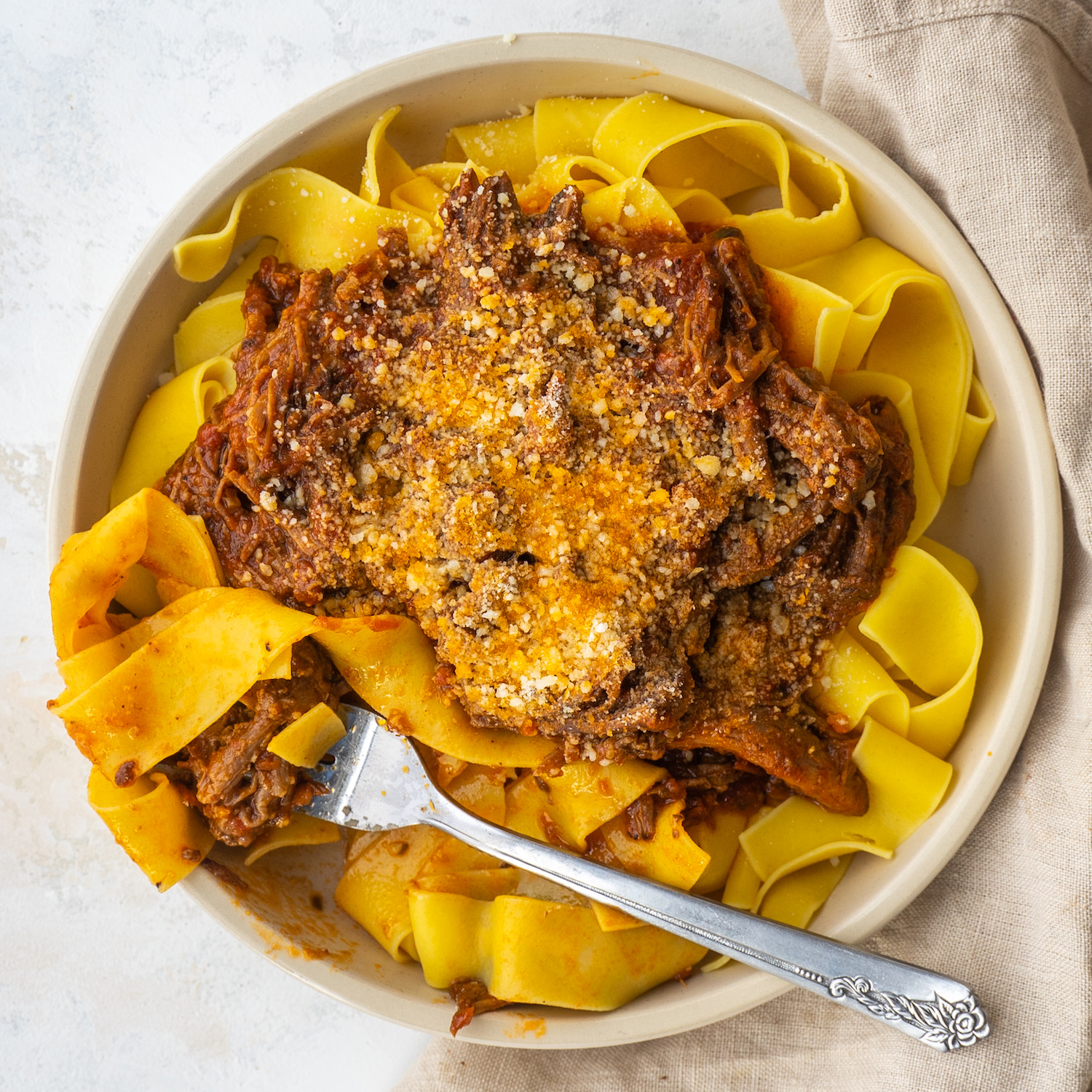
Leave a Reply